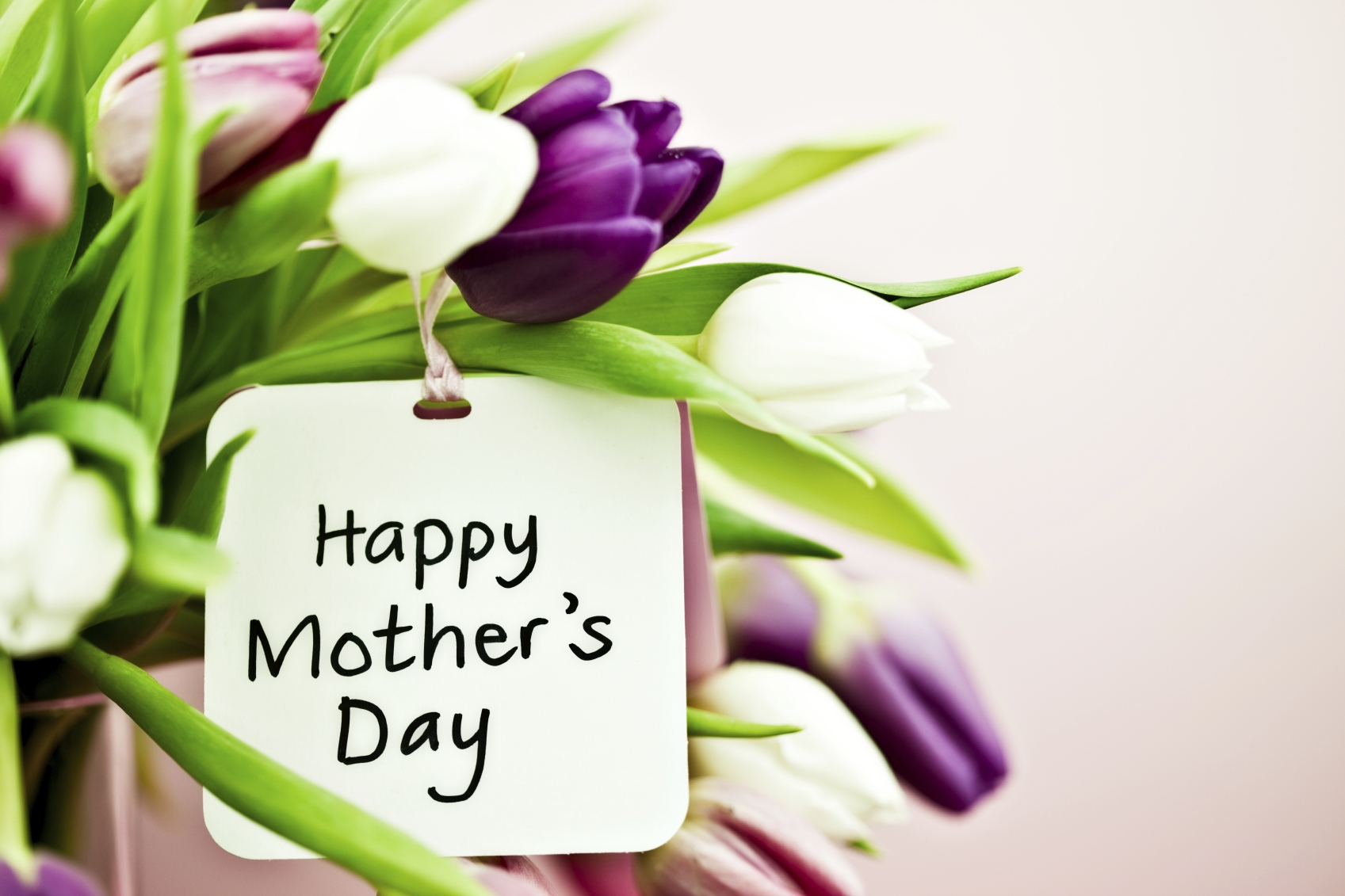Mother’s Day is a day when people celebrate their mothers. On this day, people give greeting cards and gifts to their mothers to let them know how much they are appreciated for all that they have done for their children. It is observed on various days in different countries mainly because the day has a number of different origins. Some believe that this day emerged from a custom of mother worship in ancient Greece, which celebrated a festival in honor of Cybele, a great mother of Greek gods.
North America celebrates Mother’s Day on the second Sunday in May. Mother’s Day was imported from Britain by social activist Julia Ward Howe after the American Civil War. It began as a call to unite women against war. She was inspired by Ann Jarvis who, in 1858, had tried to improve sanitation by establishing Mother’s Work Days. After her death in 1905, her daughter, Anna Jarvis, started the crusade to found a memorial day for women.
In 1907, she handed out 500 white carnations (her mother’s favorite flower) at her mother’s church, one for each mother in the congregation. Since then, carnations have come to represent Mother’s Day. K is a custom to sport a carnation on Mother’s Day. It represents the purity of a mother’s love. Nowadays red carnations are for mothers who are alive and white for those who are dead.
ADVERTISEMENTS:
Within a few years, Mother’s Day had become so commercialized that, ironically, Anna Jarvis herself became a vocal opponent of what the holiday had become. She fought against the abuse of the celebration and was arrested in 1948 in the midst of a protest. She even said that she “wished she would have never started the day because it became so out of control”.

